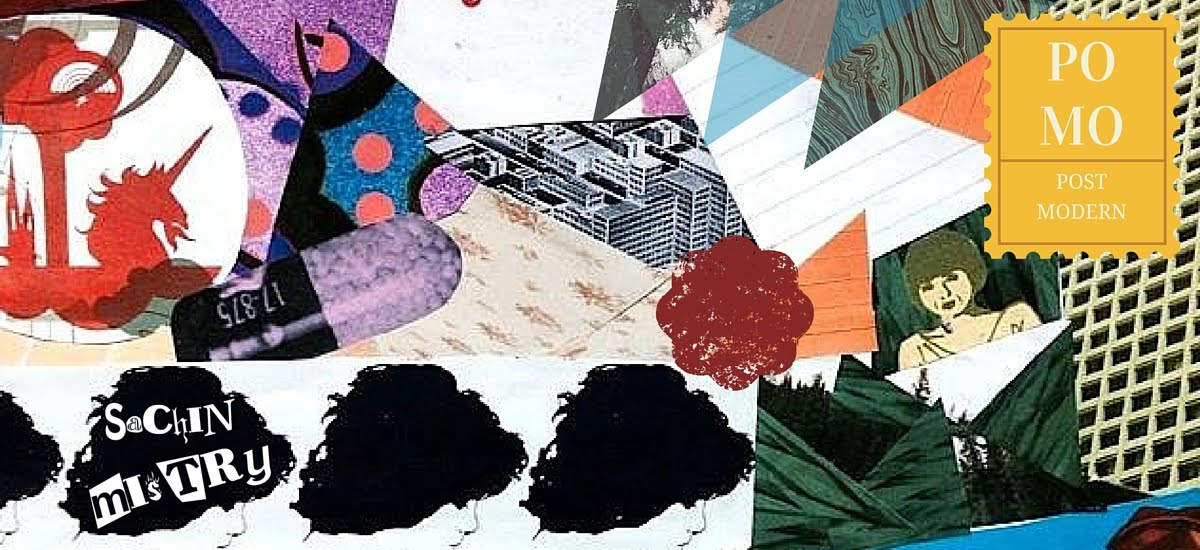In question 1a you need to write about your work for the Foundation Portfolio andAdvanced Portfolio units and you may refer to other media production work you have undertaken.
In question 1b you must write about one of your media productions.
January 2010
1a. Describe how you developed research and planning skills for media production and evaluate how these skills contributed to the creative decision making. Refer to a range of examples in your answer to show how your skills developed over time.
1b. Analyse media representation in one of your coursework productions.
June 2010
1a. Describe the ways in which your production work was informed by research into real media texts and how your ability to use such research for production developed over time.
1b. Analyse one of your coursework productions in relation to genre.
January 2011
1a. Describe how you developed your skills in the use of digital technology for media production and evaluate how these skills have contributed to your creative decision making. Refer to a range of examples in your answer to show how your skills developed over time.
1b. Apply theories of narrative to one of your coursework productions.
June 2011
1a. Explain how far your understanding of the conventions of existing media influenced the way you created your own media products. Refer to a range of examples in your answer to show how your skills developed over time.
1b. Analyse one of your coursework productions in relation to the concept of audience.
January 2012
1a. Describe how your analysis of the conventions of real media texts informed your own creative media practice. Refer to a range of examples in your answer to show how your skills developed over time.
1b. Analyse media representation in one of your coursework productions.
June 2012
1a. Descibe a range of creative decisions that you made in post-production and how these decisions made a difference to the final outcomes. Refer to a range of examples in your answer to show how your skills developed over time.
1b. Explain how meaning is constructed by the use of media language in one of your coursework productions.
January 2013
1a. Explain how your research and planning skills developed over time and contributed to your media production outcomes. Refer to a range of examples in your answer.
1b. Analyse one of your coursework productions in relation to the concept of narrative.
June 2013
1a. explain how your skills in the creative use of digital technology developed over time. Refer to a range of examples in your answer.
1b. Apply the concept of representation to one of your coursework productions.



 )
)


 )
)


